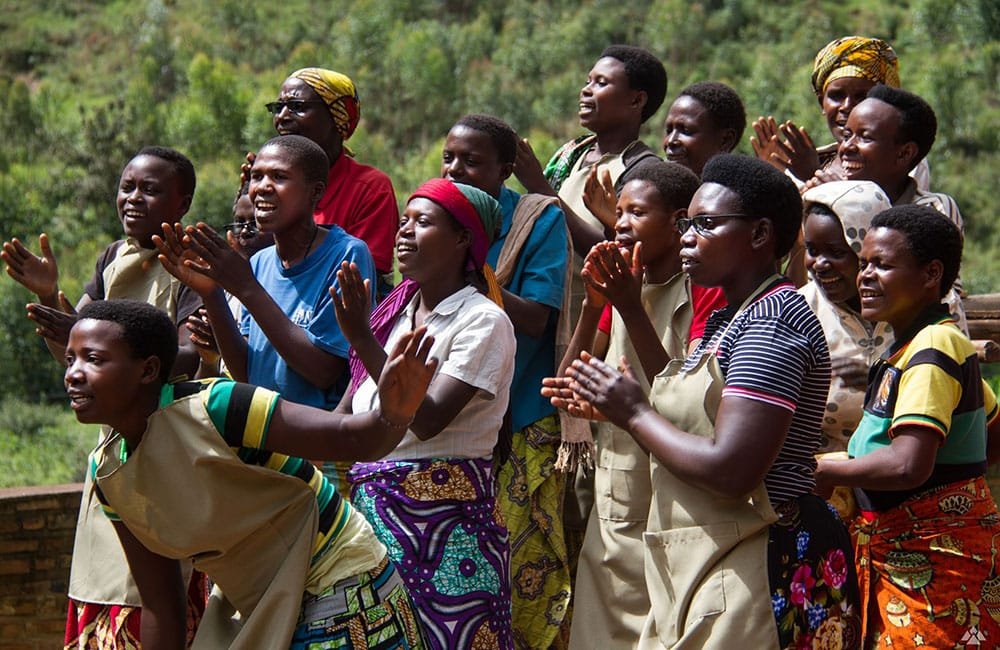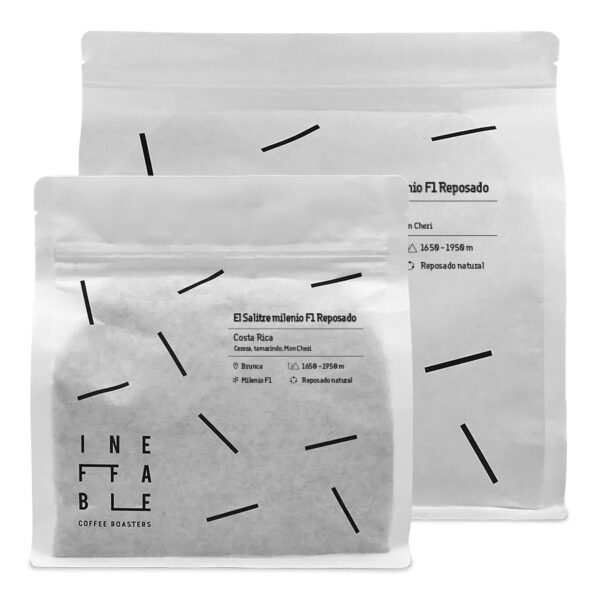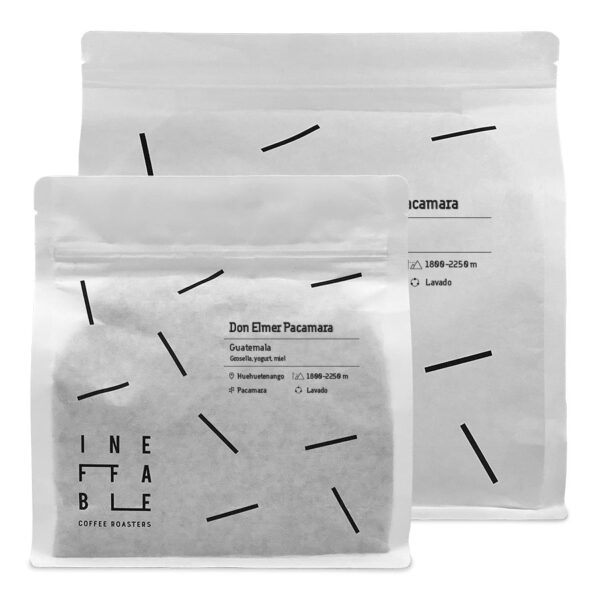Burundi Specialty Coffee: A Hidden Gem from the Heart of Africa
Burundi, often referred to as the “Heart of Africa,” is rapidly emerging as a key player in the world of specialty coffee. Despite its small size and complex history, Burundi produces some of the most intriguing and high-quality Arabica coffees, known for their bright acidity, rich fruity notes, and well-balanced body. This article explores the captivating journey of Burundi coffee, from its colonial roots to its current status as a specialty coffee powerhouse.
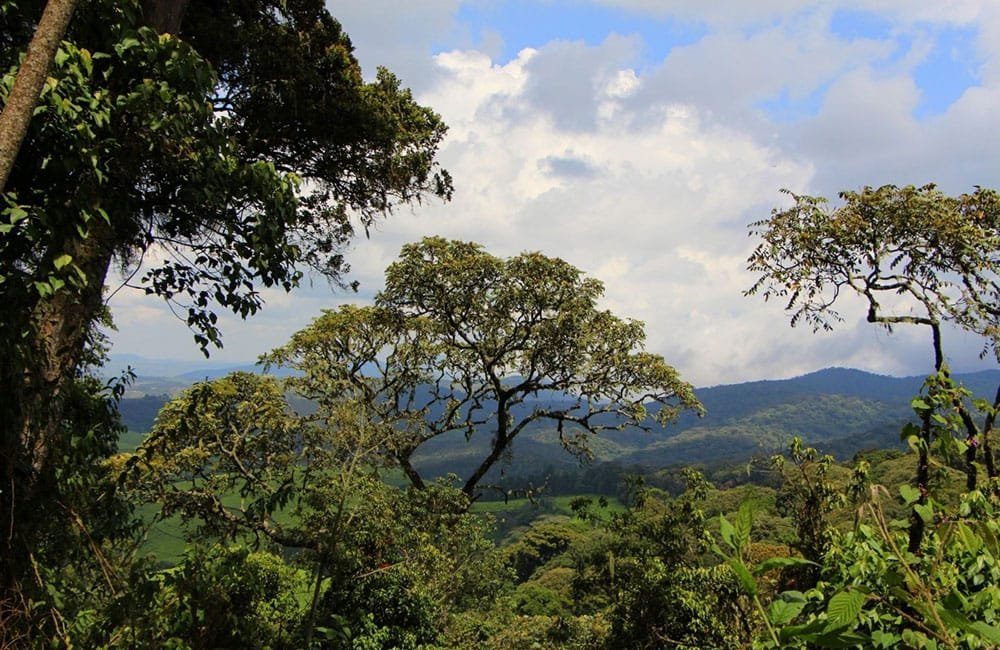
Specialty coffee cultivation land in Burundi
Colonial Beginnings
Coffee cultivation in Burundi began in the 1920s when Belgian colonizers introduced Arabica coffee plants. The country’s high elevations, fertile volcanic soils, and favorable climate made it an ideal location for coffee farming. By the 1930s, coffee plantations were thriving, but under colonial rule, Burundian farmers were often forced to grow coffee without fair compensation.
Post-Independence Struggles
After gaining independence in 1962, Burundi’s coffee industry was privatized, shifting control from the government to private entities. This transition led to a decline in quality as farmers, disillusioned by years of exploitation, abandoned coffee cultivation. The civil war in the 1990s further devastated the industry, leading to economic collapse and the near disappearance of coffee farming.
A Coffee Renaissance
Inspired by neighboring Rwanda’s coffee revival, Burundi experienced a coffee renaissance in the early 2000s. Investments in infrastructure, cooperative development, and international partnerships have helped rebuild the industry. Today, Burundi coffee is celebrated globally for its unique flavors and exceptional quality.
2. Burundi Coffee Production Today

Small-scale specialty coffee producers in Burundi
Smallholder Dominance
Burundi’s coffee sector is dominated by over 800,000 smallholder farmers, each cultivating between 50 to 250 coffee trees on plots averaging 0.5 to 1 hectare. These farmers rely heavily on coffee as a primary source of income.
International Support and Initiatives
Projects like the USDA Food for Progress Burundi Better Coffee Initiative and the Long Miles Coffee Project have played pivotal roles in improving coffee quality and sustainability. These initiatives focus on training farmers, enhancing climate resilience, and connecting producers to international markets.
The Role of Q Graders
The rise in the number of certified Q Graders in Burundi has significantly improved coffee quality assessment. From just two Q Graders a few years ago, the country now boasts ten, thanks to training programs supported by organizations like TechnoServe and the Coffee Quality Institute (CQI). The newly formed Burundi Q-Grader Association further strengthens the industry’s quality control mechanisms.
3. What Makes Burundi Coffee Special?
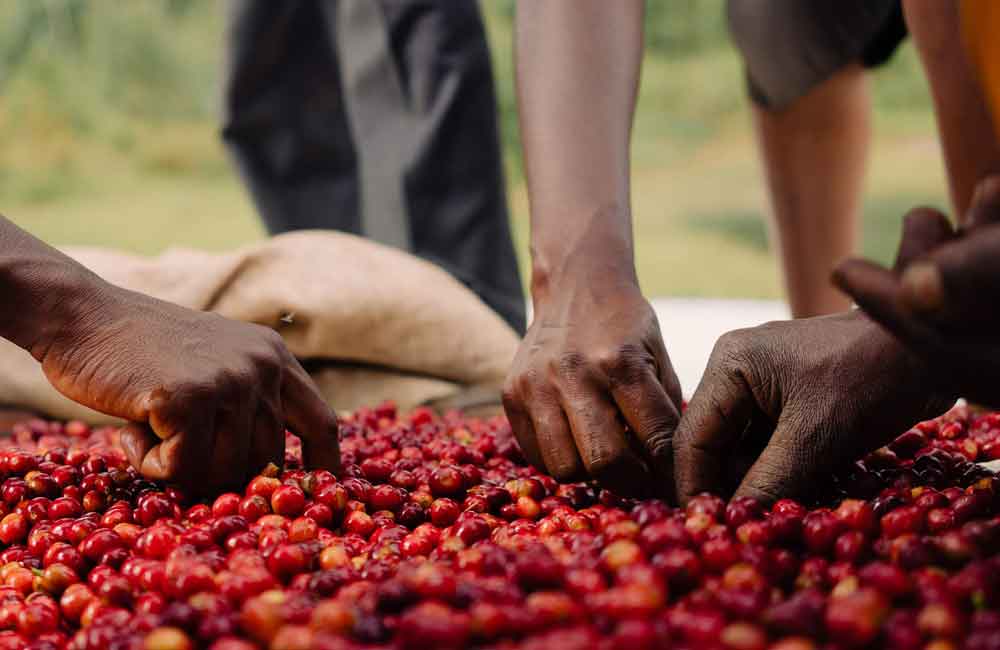
Discarding imperfect coffee cherries from specialty coffee
Unique Flavor Profile
Burundi coffee is celebrated for its complex and vibrant flavor profile. Common tasting notes include:
- Bright Acidity: Citrus, grapefruit, and orange zest.
- Fruity Sweetness: Red berries, blackcurrant, and blueberry.
- Floral Aromas: Jasmine, hibiscus, and rose.
- Subtle Spices: Hints of clove, cinnamon, and black tea.
Ideal Growing Conditions
- Altitude: 1,200 to 2,200 meters above sea level.
- Climate: Mild temperatures with abundant rainfall (1,300-1,500 mm annually).
- Soil: Rich volcanic soils that enhance nutrient absorption.
4. Key Coffee Growing Regions in Burundi

Specialty coffee processing station in Kenya
1. Buyenzi
- Location: Northern Burundi, bordering Rwanda.
- Altitude: 1,700 – 2,000 masl.
- Flavor Profile: Fruity with high acidity, citrus notes, and floral undertones.
2. Kirimiro (Gitega Province)
- Altitude: 1,500 – 1,800 masl.
- Flavor Profile: Sweet, with melon, berry, and citrus notes.
3. Muyinga (Bweru Region)
- Altitude: 1,800 masl.
- Flavor Profile: Sweet and chocolaty with hints of black tea and nuts.
4. Bubanza (Mumirwa Region)
- Altitude: 1,100 – 2,200 masl.
- Flavor Profile: Delicate and fruity, with pineapple and berry notes.
5. Kirundo (Bugesera Region)
- Altitude: 1,400 – 1,700 masl.
- Flavor Profile: Wild, floral, with complex fruity and spicy notes.
5. Burundi Coffee Varietals
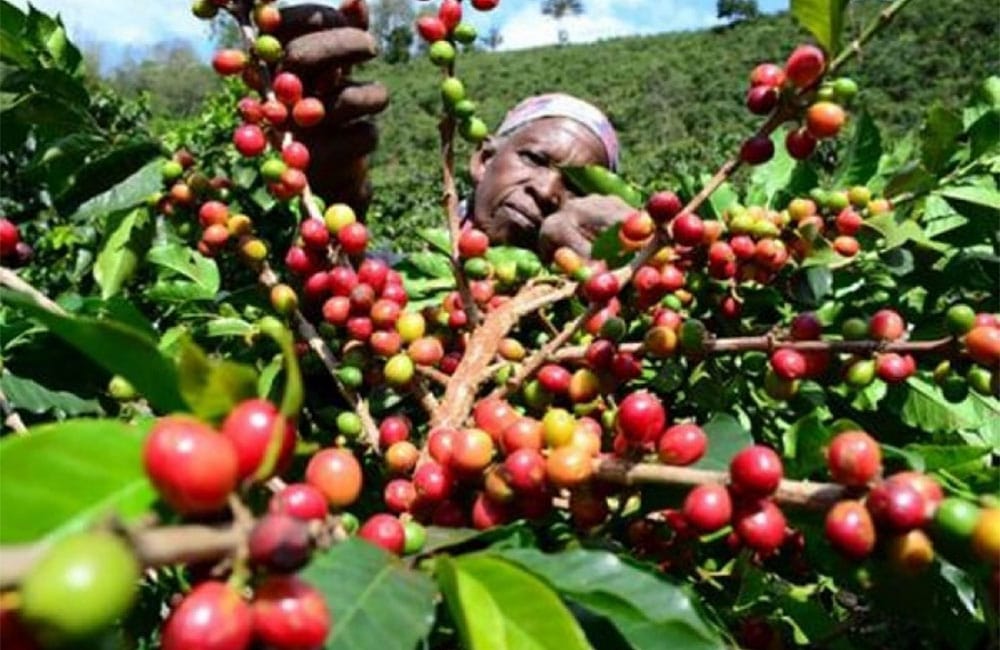
Hand picking of coffee cherries
The dominant varietal is Red Bourbon, known for its dense, small beans and complex acidity. This varietal thrives in Burundi’s high-altitude regions, producing coffees with remarkable depth and balance.
Enjoy our seasonal coffee, visit our store.
- Filter & EspressoCold BrewSpecial process
Edwin Noreña Red – Colombia – Mossto 72h Co-fermented
36,00€ – 132,00€ VAT included - Filter & Espresso
El Salitre Milenio F1 – Costa Rica – Reposado natural
27,00€ – 99,00€ VAT included - Filter & Espresso
Don Elmer Pacamara – Guatemala – Washed
25,00€ – 89,00€ VAT included
6. Coffee Cultivation and Processing Methods in Burundi
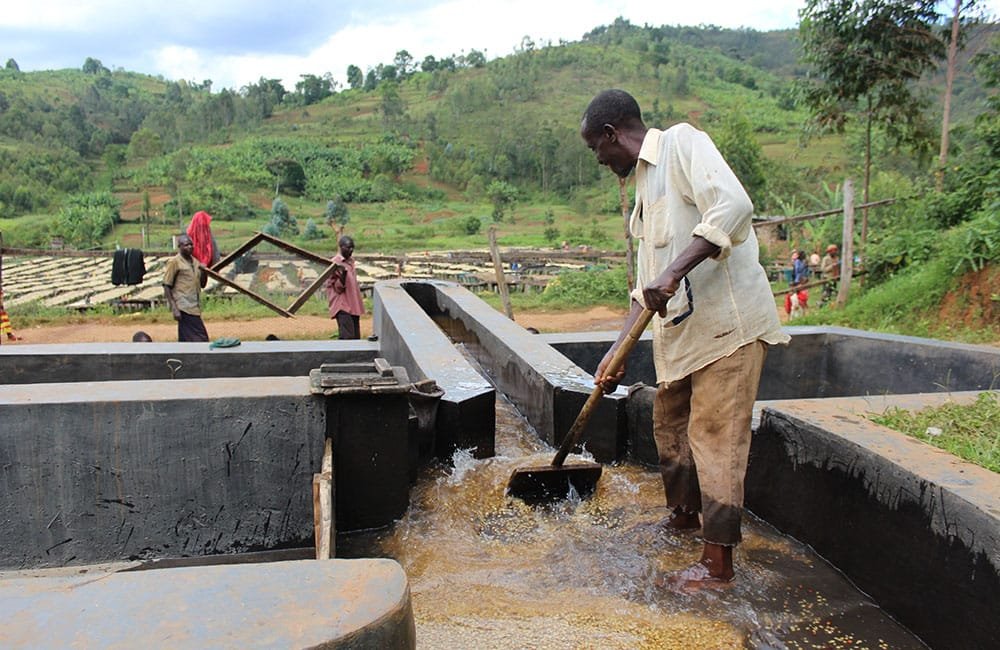
Specialty coffee processing Washing.
Cultivation Practices
Burundi’s smallholder farmers employ traditional farming methods, often using organic practices without synthetic fertilizers. Coffee is typically intercropped with bananas, beans, and maize, which helps maintain soil fertility.
Processing Techniques
1. Washed (Wet) Process
- Method: Double fermentation, washing, and soaking.
- Result: Clean, bright flavors with pronounced acidity.
2. Natural Process (Rare)
- Method: Drying cherries whole under the sun.
- Result: Fruity, wine-like flavors with a heavier body.
3. Honey Process (Experimental)
- Method: Partial mucilage retention during drying.
- Result: Balanced sweetness with complex fruit notes.
Drying Process
Beans are sun-dried on raised African beds, with frequent turning to ensure uniform drying and prevent mold growth. This method preserves the coffee’s vibrant flavors and enhances its longevity.
7. Burundi Coffee Flavor Profile

Specialty coffee drying on African beds
- Aroma: Floral, with hints of jasmine and black tea.
- Acidity: Bright and complex, often citrus.
- Body: Silky and juicy.
- Flavor notes: Red fruits, citrus, honey, spices and chocolate nuances.
Each cup offers a vibrant sensory experience, ideal for those seeking coffees with personality.
8. Common Challenges in Burundi Coffee Production
- Potato Defect: Caused by bacterial infections, leading to off-flavors.
- Pests and Diseases: Coffee leaf rust and coffee berry disease.
- Logistics: Export relies on ports in Kenya and Tanzania, causing delays.
- Climate Change: Unpredictable weather patterns affecting yields.
9. How to Buy and Brew Burundi Coffee
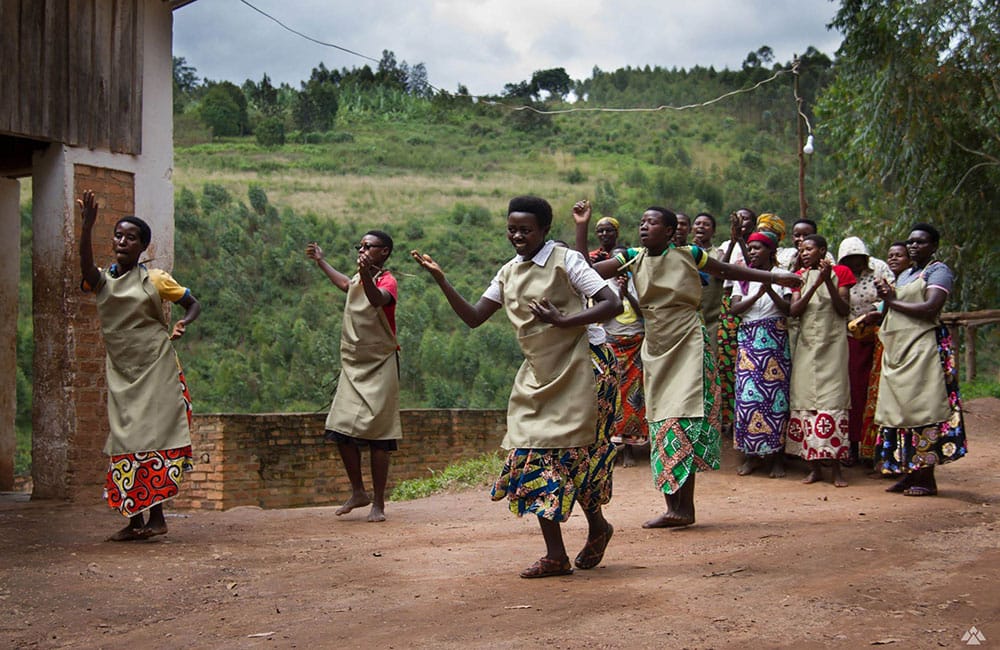
Burundi women specialty coffee farmers
Buying Tips
- Look for: Single-origin, traceable coffees with details on the washing station.
- Certifications: Fairtrade, organic, and sustainability labels.
- Roast Level: Light to medium roasts highlight Burundi’s acidity and fruitiness.
Brewing Recommendations
- Pour-Over (V60, Chemex): Enhances clarity and brightness.
- French Press: Ideal for highlighting body and richness.
- Espresso: Brings out intense fruit notes and vibrant acidity.
10. Economic Impact of Coffee in Burundi
- Key Export: Coffee accounts for over 20% of Burundi’s export revenues.
- Employment: Supports around 6 million people directly or indirectly.
- Challenges: Political instability, climate change, and logistical issues due to the country’s landlocked geography.
International partnerships and government reforms aim to stabilize the coffee sector, improve farmer incomes, and promote sustainable practices.
Final Thoughts: Why Burundi Coffee Deserves Global Recognition
Burundi coffee is a hidden gem in the specialty coffee world, offering a symphony of flavors that reflect the country’s rich history, diverse landscapes, and resilient people. Despite facing numerous challenges, Burundi’s coffee farmers continue to produce exceptional beans that rival those from more established origins like Ethiopia and Kenya.
Whether you’re a seasoned coffee aficionado or a curious beginner, exploring Burundi coffee is a journey worth taking. Each cup tells a story of perseverance, passion, and the unique terroir of the Heart of Africa.

